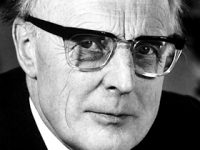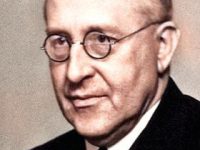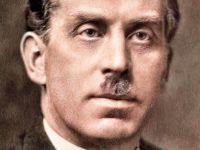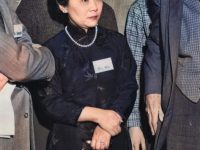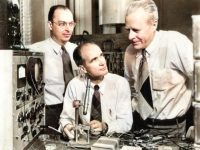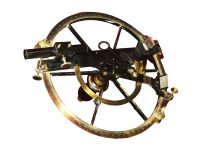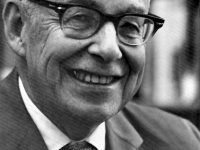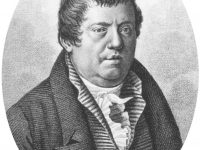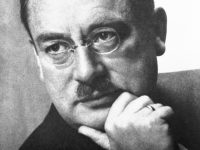J. Hans D. Jensen and the Uranium Club
On June 25, 1907, German nuclear physicist Johannes Hans Daniel Jensen was born. During World War 2, Jensen worked on the German nuclear energy project, known as the Uranium Club, in which he made contributions to the separation of uranium isotopes. Jensen shared half of the 1963 Nobel Prize in Physics with Maria Goeppert-Mayer for their proposal of the nuclear shell model.[8] Hans Jensen – Early Years Hans Jensen was born on 25 June…
Read more

